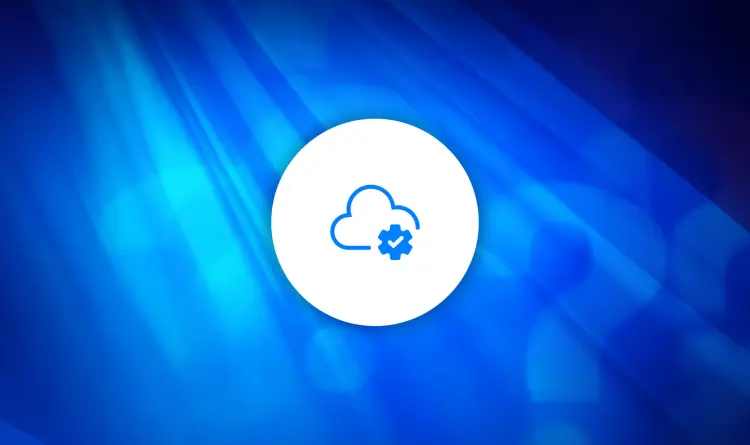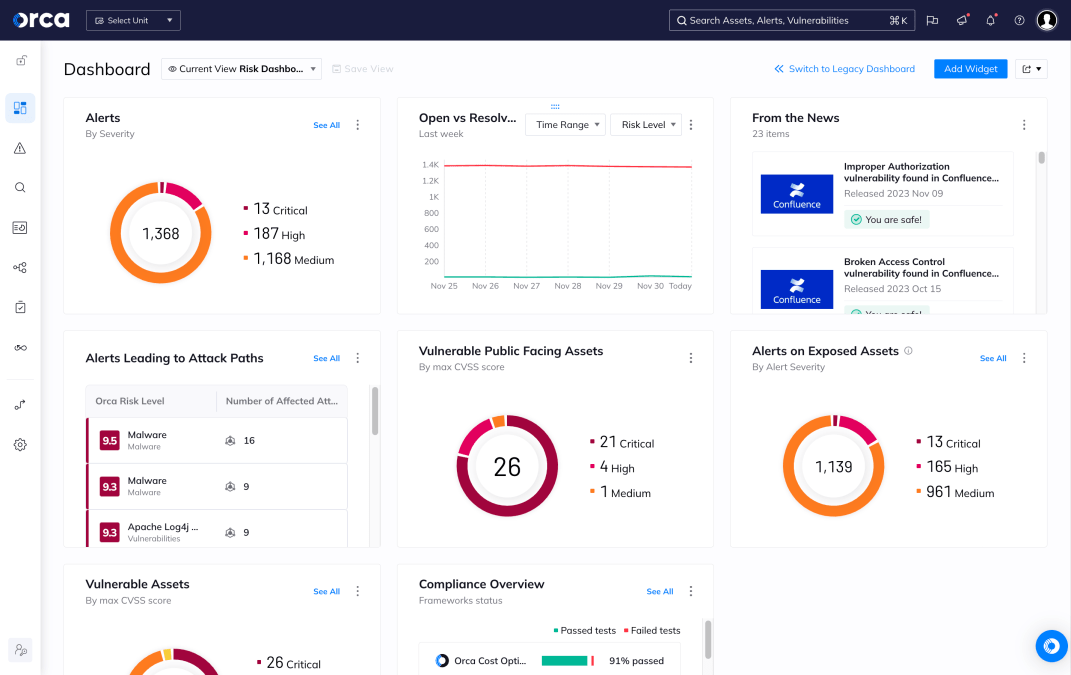A red team is a group of cybersecurity professionals who simulate real-world cyberattacks against an organization’s systems, networks, and processes to identify vulnerabilities and test defensive capabilities. Unlike traditional penetration testing, red team exercises are comprehensive, multi-faceted assessments that replicate the tactics, techniques, and procedures of actual threat actors over extended periods. In cloud security contexts, red teams specifically target cloud infrastructure, applications, and services to uncover misconfigurations, architectural weaknesses, and security gaps that could be exploited by malicious actors.
Why is it important?
Red team exercises serve as a critical validation mechanism for organizational security posture, particularly as businesses increasingly migrate to cloud environments. Traditional security assessments often focus on isolated components or known vulnerabilities, but red team engagements provide holistic evaluation of how multiple security controls work together under realistic attack scenarios. Red team activities help organizations understand their actual risk exposure rather than theoretical security posture.
In cloud environments where infrastructure is dynamic and complex, red team assessments reveal blind spots in security monitoring, incident response capabilities, and defensive strategies that may not surface through conventional testing methods. These exercises are especially valuable for validating security investments, meeting compliance requirements, and demonstrating due diligence to stakeholders and regulators.
How does it work?
Red team operations typically follow a structured methodology that mirrors real attacker behavior:
- Reconnaissance: Gathering intelligence about target systems, cloud architectures, and organizational processes through open-source intelligence and social engineering.
- Initial Access: Attempting to gain access by exploiting exposed cloud services, misconfigurations, or phishing campaigns targeting credentials.
- Persistence and Privilege Escalation: Maintaining access and expanding the foothold by exploiting IAM weaknesses or container vulnerabilities.
- Lateral Movement: Navigating cloud networks and services to access additional resources, escalate privileges, or reach high-value assets.
- Exfiltration and Reporting: Documenting actions, analyzing security gaps, and providing detailed reports with remediation recommendations.
Throughout the process, red teams document their activities and findings, offering detailed insights into exploited paths and defensive control failures.
Security risks and challenges
Red team exercises in cloud environments face unique challenges:
- Shared responsibility complexity: Difficulty determining which controls fall under the organization vs. cloud provider.
- Dynamic environments: Auto-scaling, ephemeral resources, and IaC require specialized expertise and tooling.
- IAM vulnerabilities: Overprivileged accounts, misconfigured access policies, and insufficient auditing.
- Modern architectures: Microservices and API-driven workflows require familiarity with container security, serverless functions, and cloud-native configurations.
- Limited visibility: Gaps in logging and monitoring make it harder to simulate realistic detection and response scenarios.
- Resource constraints: Red team exercises require skilled personnel and may divert focus from day-to-day security operations.
Many organizations lack sufficient cloud visibility and operational maturity to effectively test and detect sophisticated attack techniques.
Best practices and mitigation strategies
To maximize the impact of red team programs, organizations should:
- Define clear scope and rules of engagement: Establish boundaries, methods, and success criteria.
- Conduct regular exercises: Perform red team assessments at appropriate intervals, especially after significant changes.
- Integrate with blue teams: Enable learning and defense improvement through purple teaming and joint reviews.
- Include cloud-native attack vectors: Simulate real-world cloud threats, including IAM abuse, API exploitation, and container escapes.
- Leverage threat intelligence: Align attack scenarios with active threat actor tactics and real incidents.
- Prioritize documentation and follow-up: Translate findings into actionable security improvements with ownership and timelines.
- Use safe testing environments: Where needed, mirror production systems in secure sandboxes to avoid operational disruption.
Red team programs should align with organizational risk tolerance, business objectives, and regulatory obligations to deliver maximum security value.
How Orca Security helps
The Orca Cloud Security Platform enhances cloud security effectiveness across the multi-cloud environments of AWS, Azure, Google Cloud, Oracle Cloud, Alibaba Cloud, and Kubernetes. With Orca, security teams get:
- Full coverage: Orca discovers and inventories all cloud resources across your multi-cloud estate
- Comprehensive detection: Orca detects all types of cloud risks, including vulnerabilities, misconfigurations, API risks, IAM risks, AI risks, sensitive data exposure, and more
- Risk prioritization: Orca analyzes risks holistically, contextually, and dynamically to prioritize the risks that matter most
- Unified security: Orca offers visibility and capabilities that secure the entire application lifecycle, from pre-deployment through runtime
- Multi-cloud compliance: Orca automates compliance by automatically mapping cloud resources and risks to more than 185 built-in regulatory and industry frameworks, streamlining documentation and compliance validation
- Bidirectional integrations: Orca integrates security intelligence with popular ticketing, source code management, security, and productivity platforms to enhance your existing workflows and tools
By unifying security across your organization, the Orca Platform enables you to remediate risks and protect against sophisticated threats.



